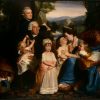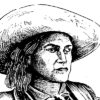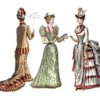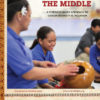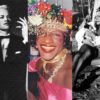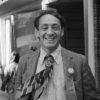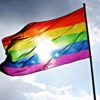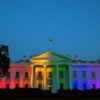
On June 26, 2015, in a 5-4 decision the Supreme Court of the United States held that the 14th Amendment requires a state to license a marriage between two people of the same sex and to recognize marriages lawfully performed in other jurisdictions. This means that marriage equality is now the law of the land in all 50 states. Prior to this historic day, 37 states plus the District of Columbia had legalized marriage for same-sex couples. This lesson provides an opportunity for students to explore marriage equality, gain background information about it, and reflect on their own thoughts and feelings about marriage equality.
